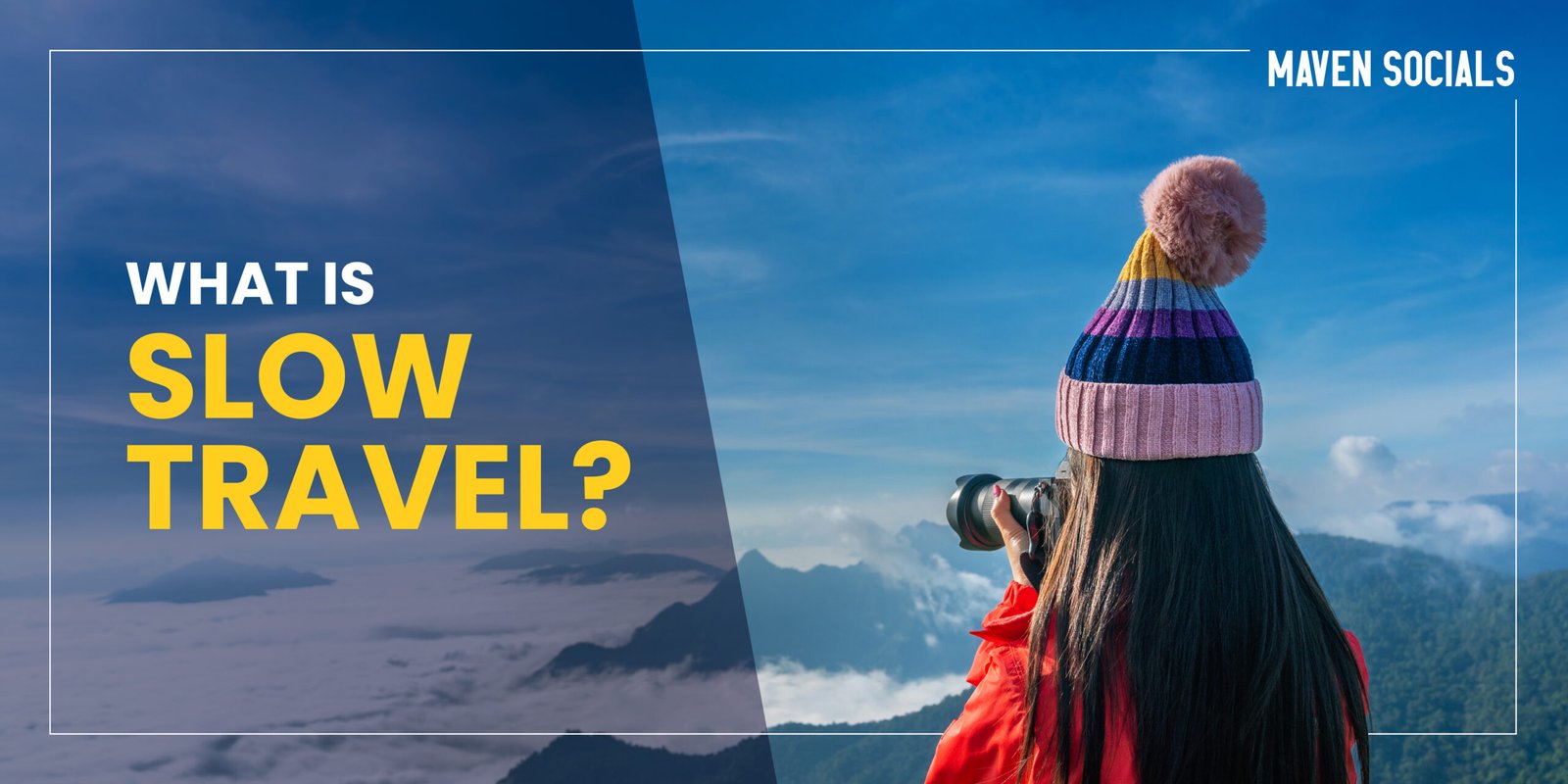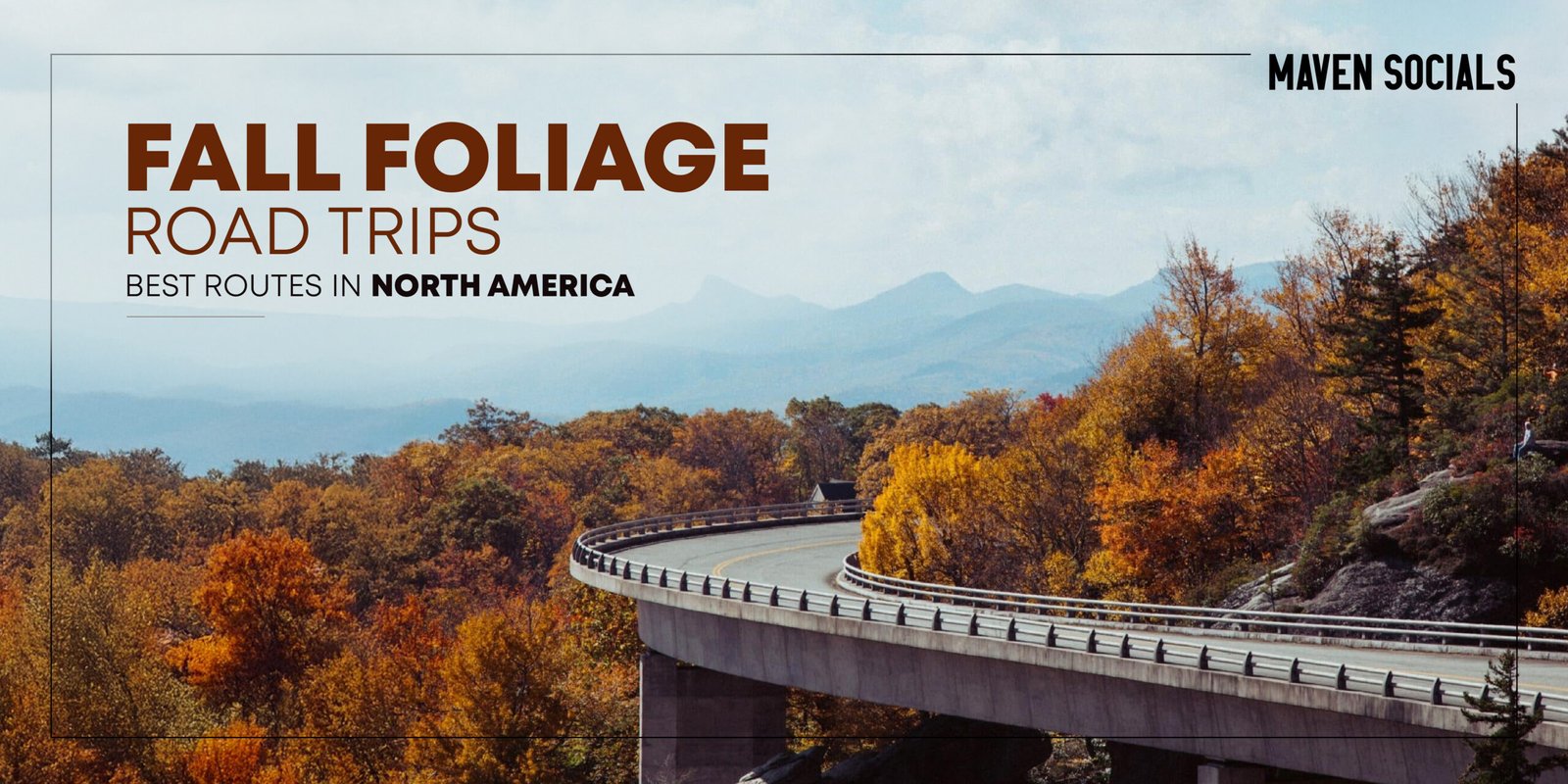The line between work and travel finally blurred into a scenic gradient in 2025. As more companies adopt flexible policies and more countries roll out remote-worker–friendly rules, people are weaving work into longer, more purposeful journeys—mixing meetings with mountaintops, team sprints with sunrise surf sessions, and business travel with personal time. Below I unpack the major trends driving this shift, what it means for travelers and businesses, and practical tips for making the new “work + wander” lifestyle actually work.
Why 2025 feels different
Two forces meet here: employer-side policy evolution (hybrid and remote-first roles becoming mainstream) and government-side incentives (digital nomad visas and relaxed visitor rules). Business travel isn’t disappearing—it’s changing shape: forecasts show global business travel spending rebounding and growing in 2025, reflecting a move toward fewer but more strategic trips and more hybrid-driven travel patterns.
On the supply side, nations eager for tourism dollars and high-skilled remote earners are expanding or creating digital-nomad programs and longer-stay options—so the legal and logistical barriers to long stays while working remotely are lower than ever. Estimates and trackers show dozens of countries now offer some kind of remote-worker visa or permit.
Trend 1 — Workations and bleisure go mainstream
“Workation” (work + vacation) and bleisure (business + leisure) have matured from Instagram trends into mainstream travel categories. Employees who can work asynchronously extend business trips for a few days of leisure or intentionally book longer stays that allow for local exploration while meeting core job demands. Hospitality and travel brands respond by offering flexible check-in/out, high-speed guaranteed Wi-Fi packages, desks in rooms, and blended experiences (local workshops, wellness sessions) designed for remote professionals.
Academic and industry research points to a measurable rise in workations as a defined tourism segment.
Trend 2 — Governments compete for remote talent
Countries are actively courting remote workers. From multi-year digital-nomad schemes to relaxed visitor rules and longer-stay tourist permits, policy change is tangible in 2025: new programs, altered visa durations, and streamlined application routes lower friction for people who want to live abroad temporarily while working online. Recent national policy moves — for instance reforms aimed at longer stays in tourist economies — are reshaping where nomads pick their bases. That’s good for travelers (more choices, often lower costs) and good for destinations that want year-round economic boosts.
Trend 3 — Hybrid work reshapes business travel (and creates new demand)
“Go to the office twice a month” used to be a manager’s top rule; now we see more nuanced playbooks. Hybrid teams travel differently: fewer routine trips, more strategic convenings (onboarding weeks, quarterly in-person sprints, customer-facing workshops). Meanwhile, remote employees are more likely to combine personal travel with work obligations—so companies are rethinking travel policies, budgets, and duty-of-care frameworks to cover longer stays and mixed-purpose travel. Reports from travel management firms show hybrid workers report a wider variety of trip purposes versus fully remote or fully location-based workers—pushing travel programs to be more flexible.
Trend 4 — Hospitality and local services pivot to remote workers
Hotels, coworking chains, local hostels, and even cafes are optimizing for multi-day remote stays. Expect: room types with dedicated work nooks; “day-office” room bookings; curated local experiences that double as team-building; and partnerships between hotels and coworking operators to offer membership bundles. The winners are spaces that accept a guest who wants both privacy at 10 a.m. and a communal brunch at 6 p.m.
Airlines and loyalty programs are experimenting too—offering fare products and benefits that acknowledge longer stays, open-ended itineraries, and stopovers designed for remote work stretches.
Trend 5 — Sustainability, seasonality, and local impact
Longer, slower stays can reduce emissions by replacing multiple short flights with fewer extended visits—if travelers choose lower-carbon transport and offset sensibly. But there’s another side: destinations that previously relied on short-stay tourism may see local housing pressure and service strain from extended nomad communities. Expect local governments and hospitality businesses to balance nomad attraction with responsible tourism practices. Reports and expert commentary in 2025 emphasize immersive, sustainable travel as the fastest-growing traveler preference.
What this means for travelers
- Plan for connectivity and ergonomics. Don’t assume every rental has workspace-grade internet. Confirm speed, upload rates, and a quiet nook for video calls.
- Understand visas and taxes. Digital-nomad programs vary widely—duration, income thresholds, and tax obligations differ by country. Use updated trackers or consult a specialist before committing.
- Mix work blocks and play blocks.Create daily rhythms that separate deep-work hours from exploration windows so travel doesn’t dilute productivity.
- Buy travel insurance that covers work gear and remote-work scenarios (long stays, laptop replacement, medical evacuations).
What this means for companies
- Update travel and HR policies. Clarify allowable remote-work locations, duration limits, stipends, and the company’s duty of care for employees abroad.
- Budget differently. You might spend less on monthly office costs but more on occasional large in-person meetups, accommodation stipends, or coworking memberships.
- Revisit tax/compliance exposure. Employees staying long-term in other jurisdictions can create payroll and permanent-establishment questions—consult legal and tax advisors.
- Design inclusive hybrid rituals. Make in-person sprints meaningful (strategy alignment, culture-building) rather than repetitive status meetings.
Quick practical checklist for a 2–6 week remote stay
Verify visa rules and healthcare cover.
- Test internet speed in advance and rent a backup mobile hotspot.
- Pack a compact, ergonomic setup (laptop stand, compact mouse, noise-cancelling headphones).
- Scout local coworking options and community events for social balance.
- Log timezones in your calendar and block deep-work hours visible to teammates.
Final thoughts
Work + wander in 2025 isn’t a fad: it’s the next iteration of how people choose where and how they live and work. For travelers it unlocks richer experiences and lifestyle choices; for employers it demands smarter policy design and a more humane approach to location flexibility. Governments and hospitality sectors are racing to meet demand with visas, products, and places that cater to the blended traveler. If you want to join this crowd, think longer, travel slower, and plan smarter—your office can be anywhere, but your productivity and wellbeing still need a home base, even if temporary.












